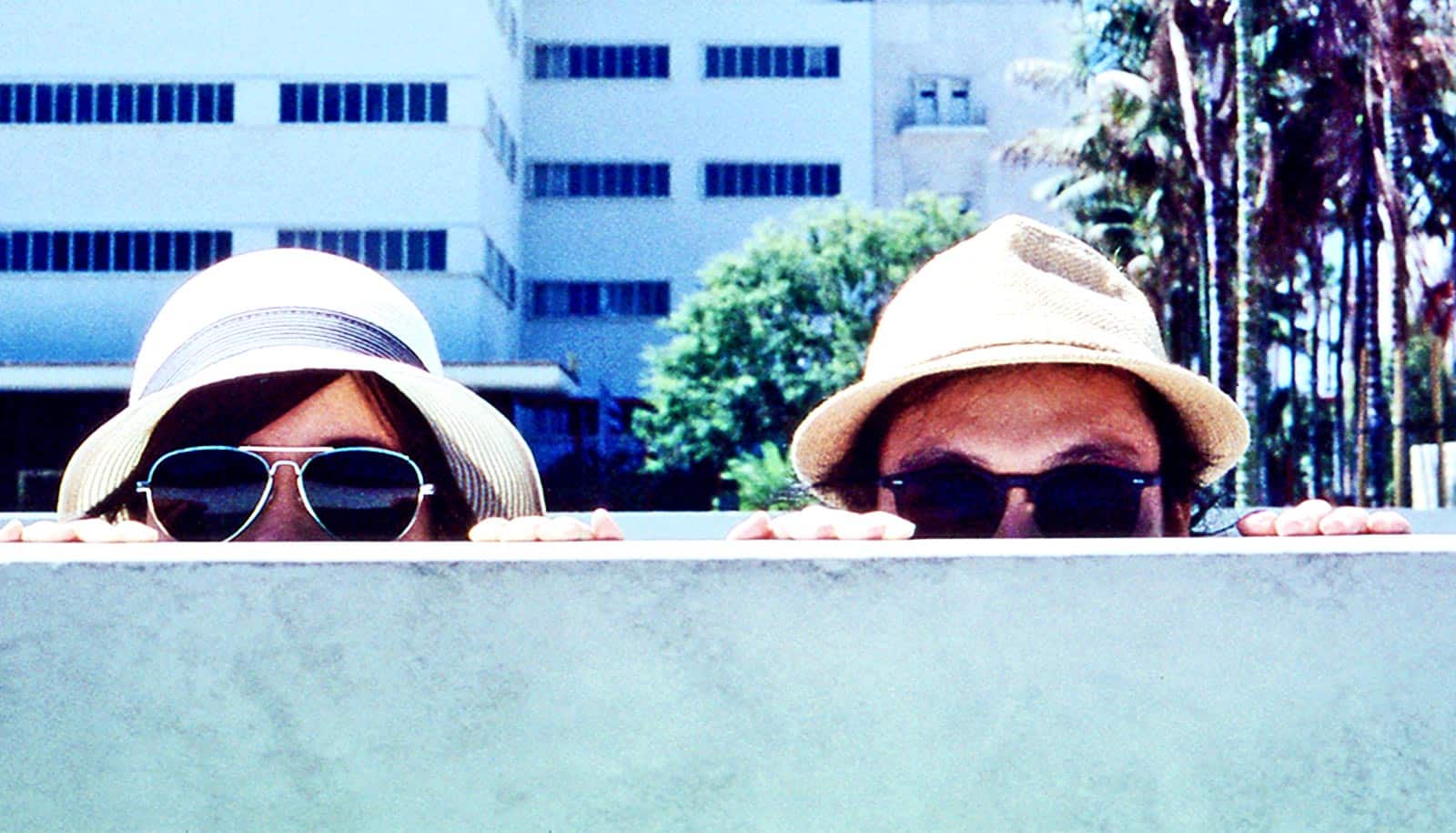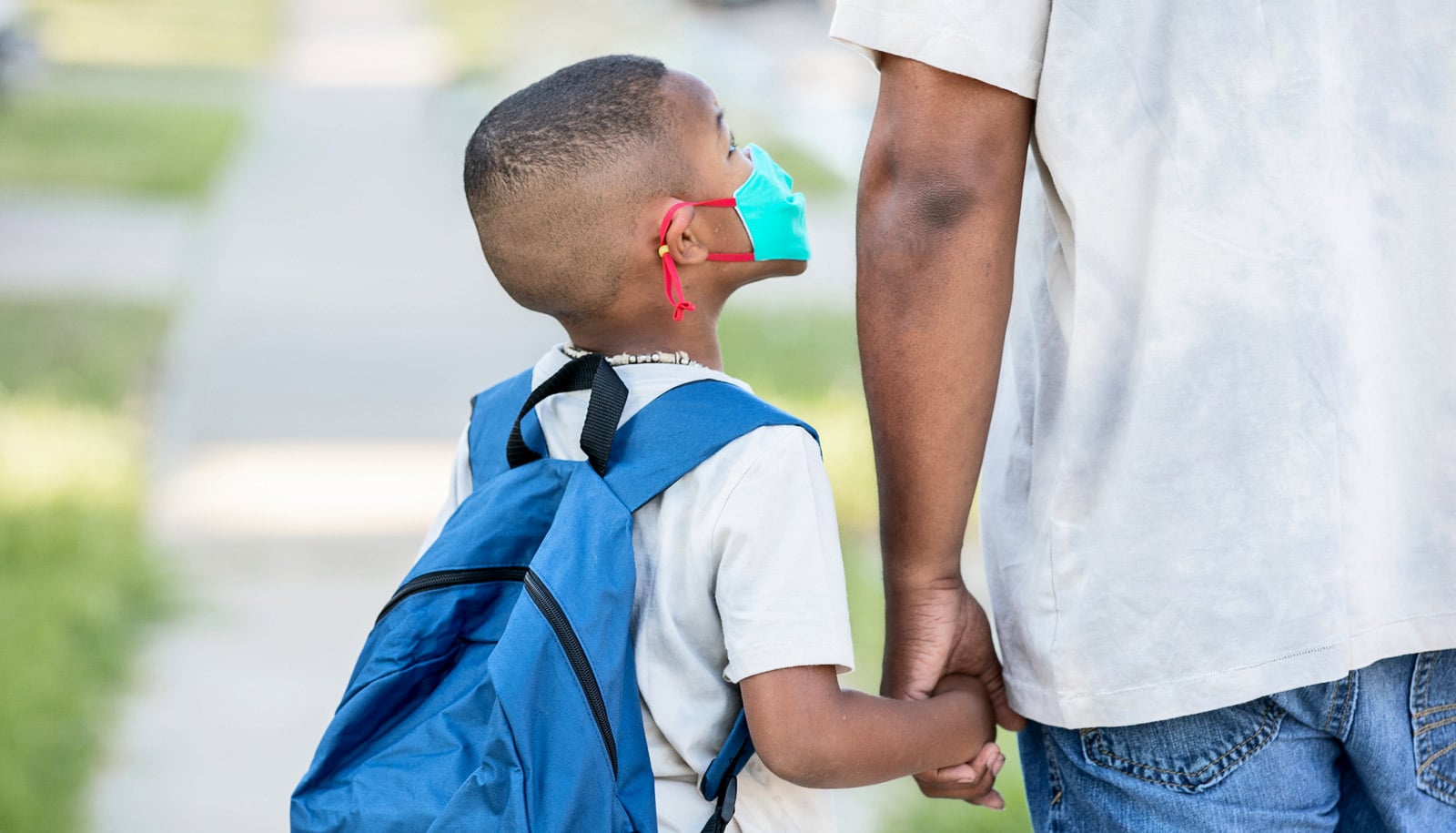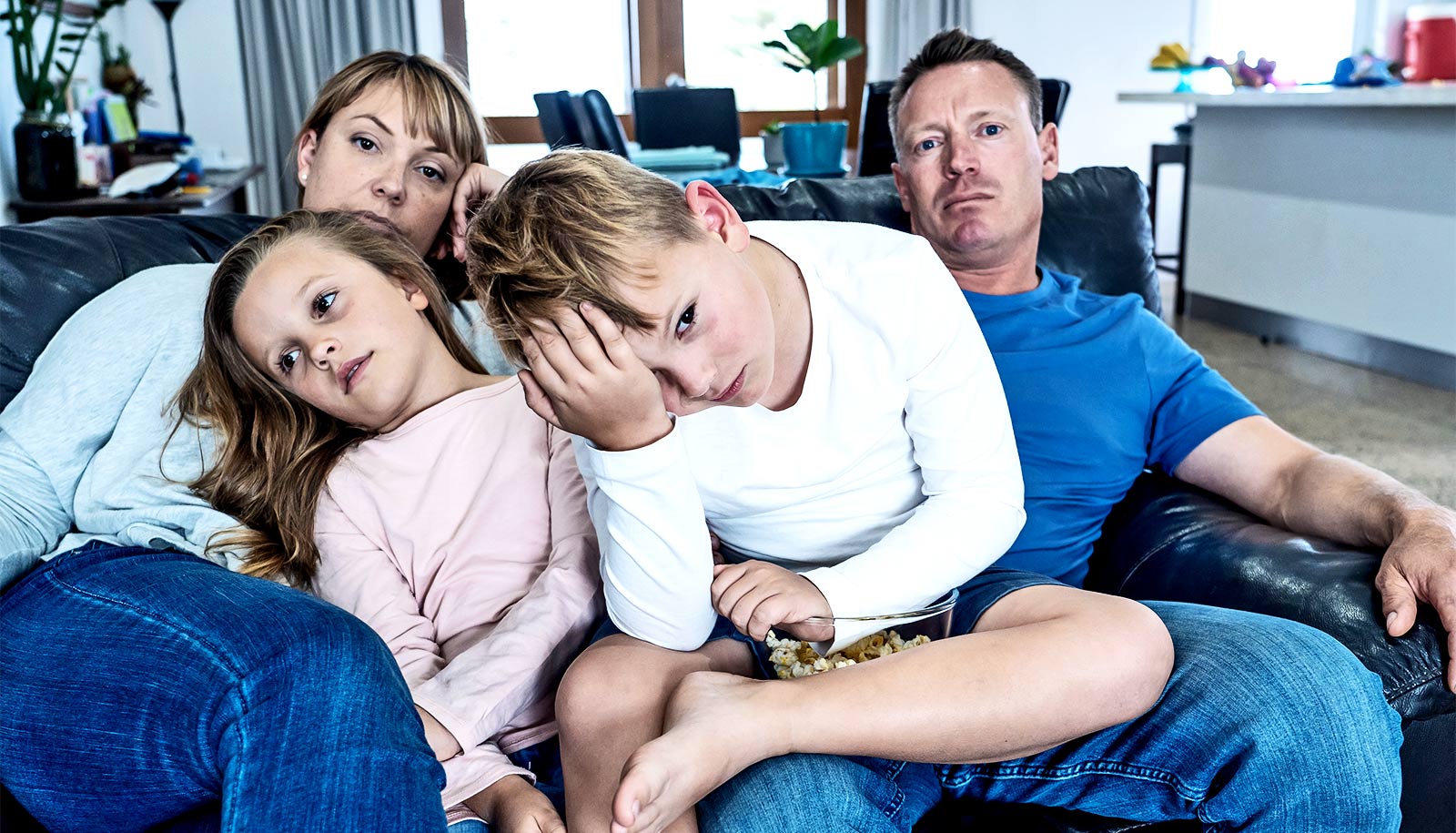Life is slowly returning to what it was pre-pandemic, but some people may be feeling anxious about the transition. Behavioral scientist Chris Segrin explains why.
Not everyone will feel comfortable ditching their masks or gathering in large groups, even after vaccination, and it’s important that we be understanding of one another, says Segrin, a professor and head of the communication department in the College of Social and Behavioral Sciences at the University of Arizona.
After what might seem like a surreal 14 months, life is slowly returning to something closer to what it was pre-pandemic, thanks largely to the widespread availability of COVID-19 vaccines.
However, the return to “normal” may not feel quite as expected.
Segrin, a behavioral scientist who studies interpersonal relationships and mental health, says it will take some time to get back to the way things were before, and, for some, a full return to normal may not be possible.
After enduring more than a year of pandemic-related stress, people will have varying levels of comfort when it comes to resuming participation in public gatherings, ditching masks, or returning to the office, even post-vaccination, says Segrin.
For that reason, Segrin says it’s critical that we all be understanding of one another and recognize that there is no one-size-fits-all approach to life after vaccination.
Here, he explains why people might be feeling anxious and how to navigate next steps:
We’ve all been longing for a return to “normal,” but now that we are inching closer to that, are some people feeling anxious about going back to the way things were before? Why?
Yes. For the last 14 months, people have been conditioned to see other people as a source of infection. Often, the messages and news accounts that involved serious illness and death were quite dramatic. It is not possible to “unlearn” these beliefs and attitudes overnight. It took people a long time to adopt various public health measures to counter the spread of the coronavirus, and it will also take a long time for people’s attitudes and beliefs to return to normal, if that is ever possible.
For some people, it is likely that they will have anxiety about things like shaking hands and being in close proximity to groups of other people for a very long time. Furthermore, only one-third of the US population is fully vaccinated at this time. Therefore, remaining cautious is a very good idea.
Even with updated Centers for Disease Control and Prevention guidance on mask wearing, some fully vaccinated people are hesitant to ditch the mask, especially since choosing to not wear one has come to be viewed so negatively. Why are we so reluctant to give up the masks, even with these new recommendations?
There are several things in operation here. First, the recommendation to stop wearing masks is, itself, controversial, and many people know that. If two-thirds of the population is still not vaccinated, some may feel it is not yet time to stop wearing a mask. The mask, to some, has come to symbolize care and concern for other people’s health. It is understandable why some people are not yet ready to abandon that concern.
Also, people are creatures of habit. To those who have become accustomed to wearing a mask in public, it has likely become second nature—something they do without putting a great deal of thought into it.
Even post-vaccination, people may have varying levels of comfort when it comes to activities like gathering, traveling, or spending time with unvaccinated family and friends. How should people navigate these conversations as more social invitations are received, or when talking to someone who might have a different comfort level?
This issue simply must be handled with the utmost respect for and understanding of each other’s points of view, even when we personally disagree. There is no value in damaging relationships over things like attending a public gathering.
The best thing for everyone to do right now is give the members of their social network time to adjust to the changing social and public health circumstances—at their own pace. Different people have different anxiety levels, different underlying health conditions, and different networks of other people in their lives who may be particularly vulnerable. The biggest mistake anyone could make right now is to say, “Well, I’m vaccinated now, so let’s all get back to normal.” It is still the case that two-thirds of the US population is not vaccinated, and of lot of those people never will be, and to this day about 500 people die every day in the US from COVID-19.
Some people may have found that they prefer or are more productive working from home, and they’re now being asked to return to the office. What’s your advice for navigating that transition?
Navigating that transition has to start with discussions with supervisors and coworkers. Some people have jobs that require them to be in certain places at certain times. Others do more behind-the-scenes work with their jobs. For these reasons, there is not going to be a one-size-fits-all approach that will work. To those who have jobs that require being in a public place—such as teachers—there appears to be an excellent tool available to protect people from the coronavirus: a vaccine.
I also believe that, for a lot of people who plan to return to work in person, there will be considerable benefit in gradually ramping back up to full time in the office. It would seem barbaric to go from 100% work at home to 100% work in the office over the course of a weekend. The benefit of a gradual transition is that it will give people the time to build experience with working in the office again and, hopefully, not experience any bad outcomes. As this process gradually unfolds, a sense of security can potentially return.
As a society, we’ve been living in a prolonged state of anxiety for more than a year. As conditions begin to improve, what sort of long-term effects might the stress of the past year have on people?
Long-term wear and tear on the nervous system can be damaging to both mental and physical health. It is vital that people find effective coping mechanisms and means of taking themselves away from stressors, even if temporarily. Here, again, it is important to remember that no two people are the same. One person may have enjoyed the time spent at home with family and pets, and others may have had to endure horrific illness and/or loss of family members. Consequently, it will be important to have some understanding of the vastly different trajectories that some people might be on as they attempt to return to normal, keeping in mind that in severe cases, that may never actually happen.
Source: University of Arizona



